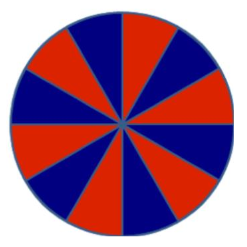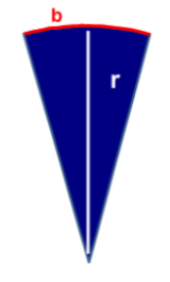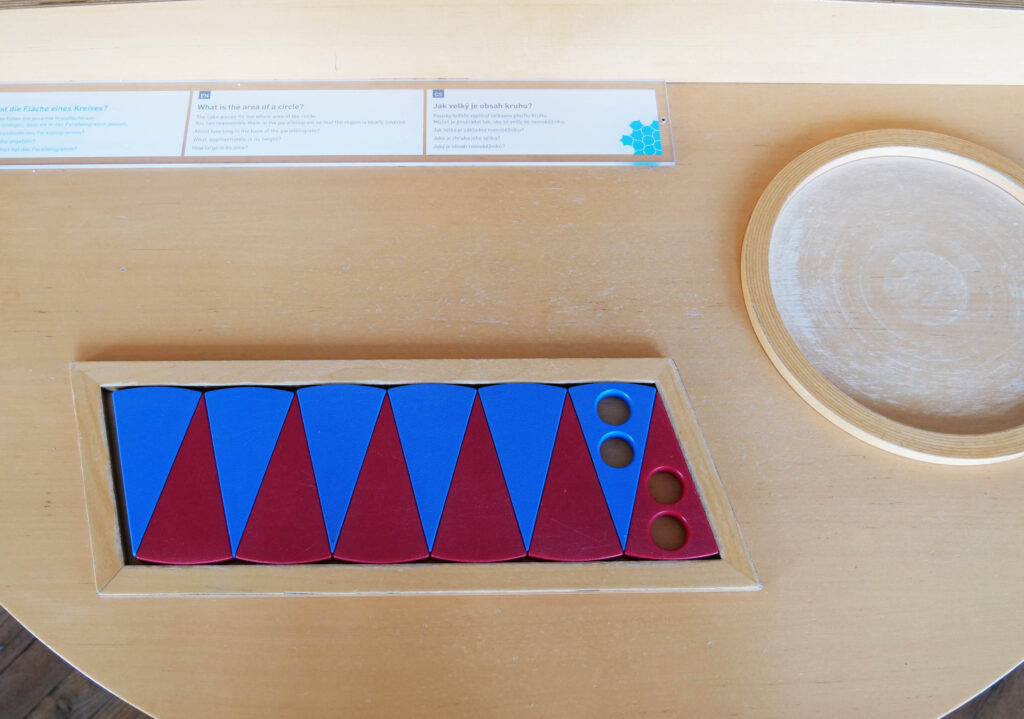How big is the area of a circle?
This question already preoccupied the Egyptians around 2000 BC. This exhibit should help you find an answer to this question yourself. By “cleverly” flipping sectors of a given circle, one can see that its area is exactly the same as that of a parallelogram-like figure (cf. Figure 3). In this way, one obtains a relationship between the circumference and the area of a circle.




